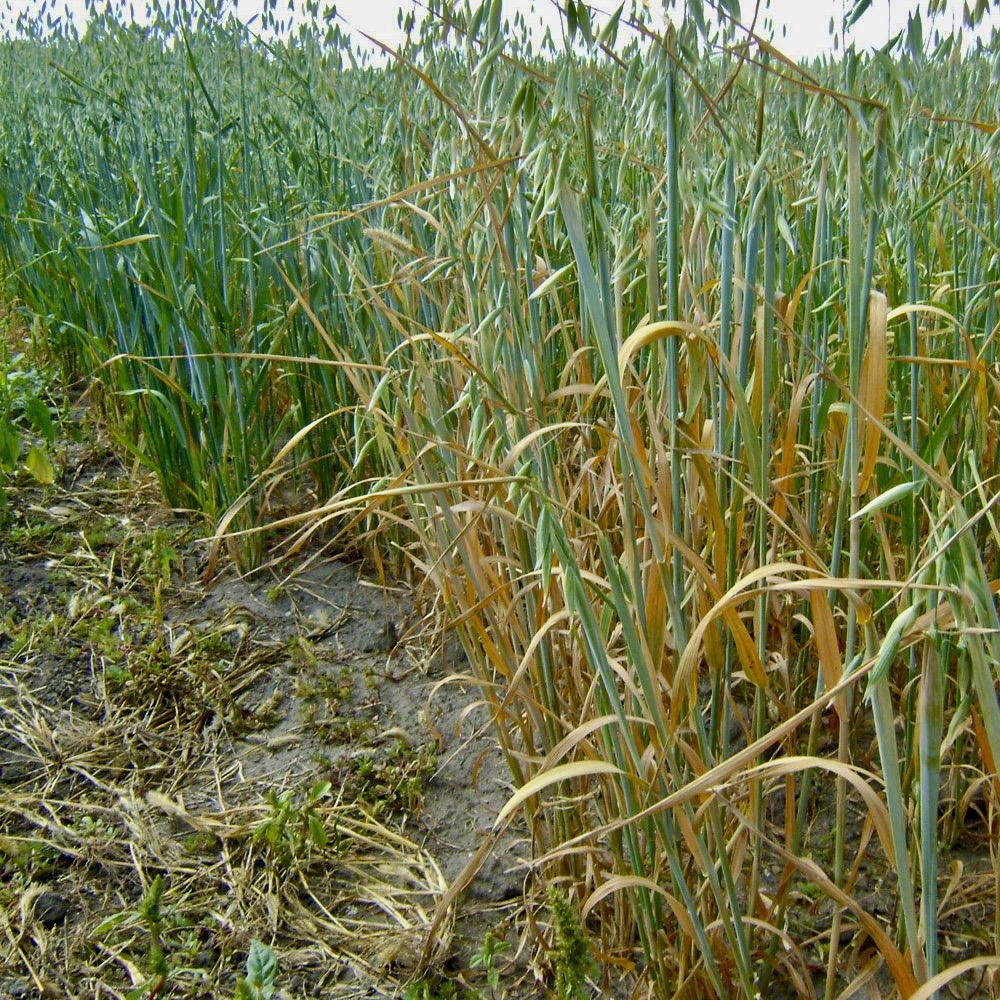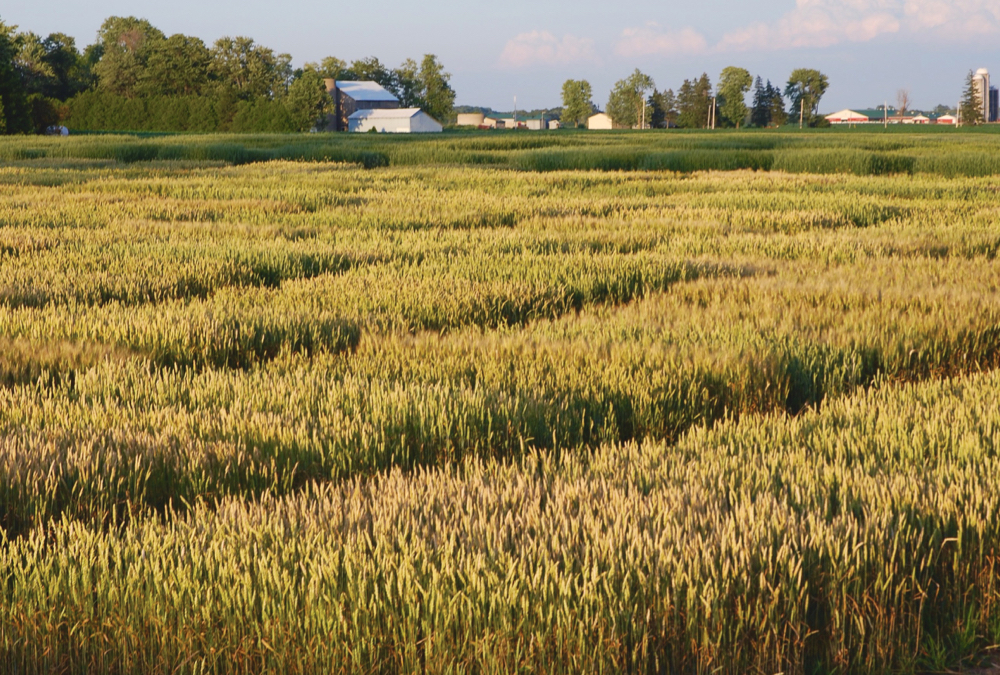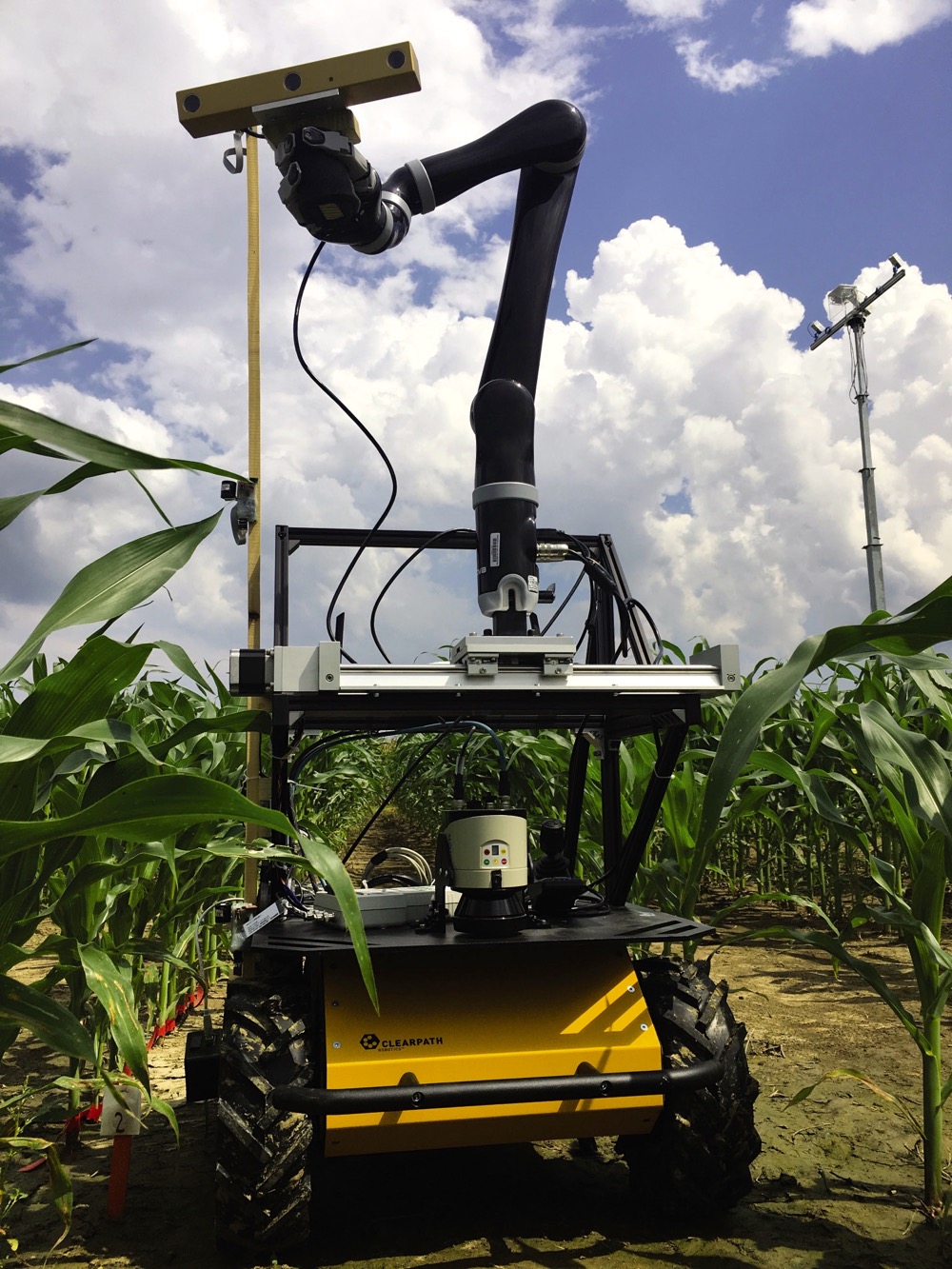Glacier FarmMedia – Feed testing is your first priority when it comes to dealing with high nitrate levels in drought-stressed forages.
Bart Lardner, professor of animal and poultry science at the University of Saskatchewan, says that nitrate accumulation can be more of an issue with annual forages during a dry, hot summer, and it’s important to know exactly what you’re working with.
“Nitrates are on everybody’s minds during a drought,” says Larder, speaking at a recent Beef Cattle Research Council webinar on drought stress. “It’s prudent to do a feed test and check on the level of that.”
Read Also

Sensing the soil: Root cell research finds ‘stress hormone’
Research into how root cells react to soil stressors could help plants better adapt to changes in their climate.
If your feed test shows that nitrate levels are elevated, you can manage your use of that feed source by diluting it so it only makes up one-third of the animal’s diet, Lardner states, with 50 per cent being the maximum amount he advises.
“The big thing is the shock with the animal’s diet changing,” he says. “If you’re feeding something and then go to a high nitrate diet, it’s that shock, so certainly allow that adaptation period, seven to ten days, then maybe increase that level of high nitrate feeds over that time period.”
If you plan to graze an annual forage crop instead of cutting it, a feed test is just as necessary to determine if it’s high in nitrates, and Lardner mentions that the crop’s stage of maturity may make a difference.
“You maybe want to watch if it’s very mature…But certainly, if you can dilute it with some supplemental fibrous type forage, whether it’s straight hay or maybe rolling out some type of straw,” he says.
“You might think also of maybe cross fencing some of that field with portable electric fence, just trying to control access to available grazing with your animals. Don’t give them the whole 60 or 80 or 160 acres at one time.”
Lardner reminds producers they can feed test a standing crop before cutting it. “You just go out and walk through that field and grab 20, 25 grab samples and composite that into a sample bag and send that off where you want it,” he says.
Producers should also keep in mind that nitrate levels will likely vary throughout a field. “Depending on the size of the field, too, so if it’s 100 acres of barley or 20 acres of barley, you might be prudent and realize that this number of samples is going to give me a good indication of the nitrate levels.”
If a standing crop is immature, nitrate levels can decrease if it receives sufficient moisture. “If there is that good dose of rainfall, certainly the plants will start growing again and moving those nitrates from stem to root,” he says.
“Time wise, it would be at least a week, two weeks after you got that really necessary moisture…that would hopefully move those nitrates to a more safe level.”
For more information on feed testing, visit the BCRC website. BCRC has also compiled drought-related resources for cattle producers.
The full replay of BCRC’s Ask the Experts webinar on drought stress is available on YouTube.
Piper Whelan is a field editor with Canadian Cattlemen.















